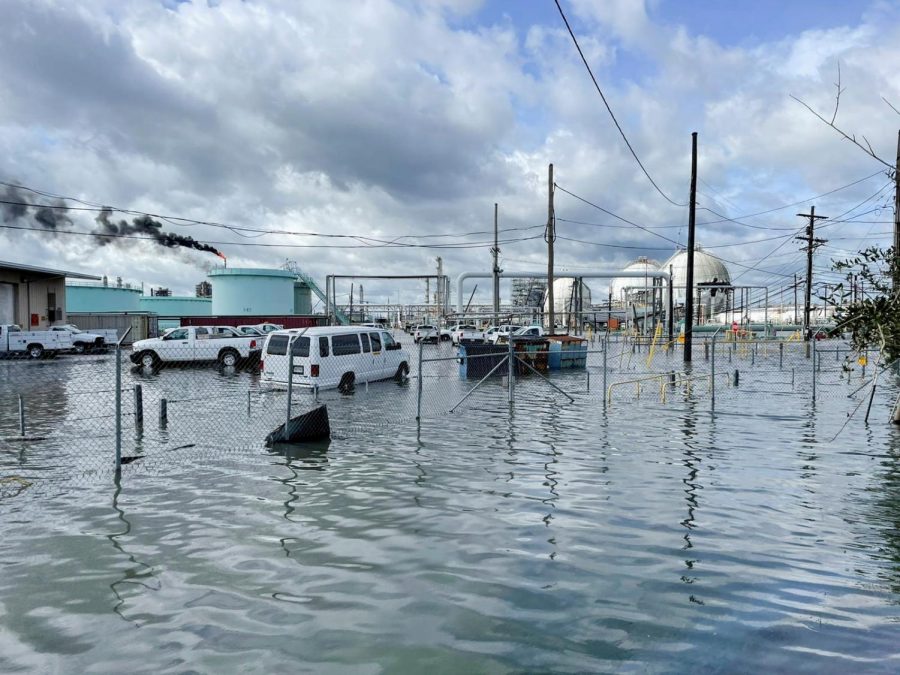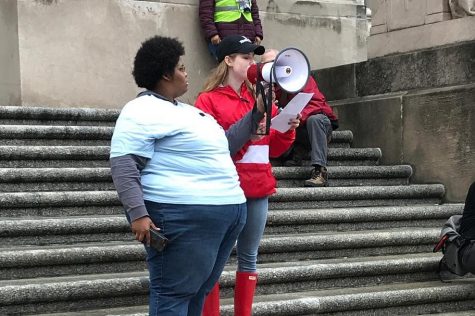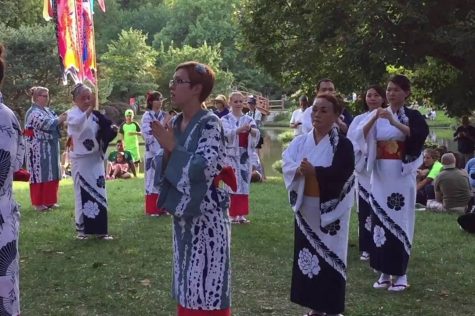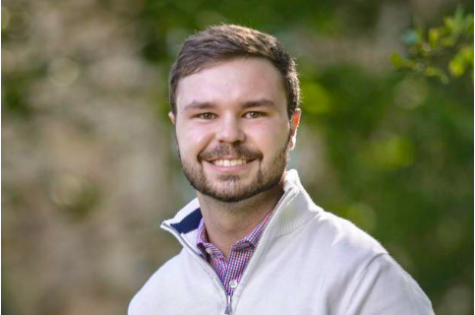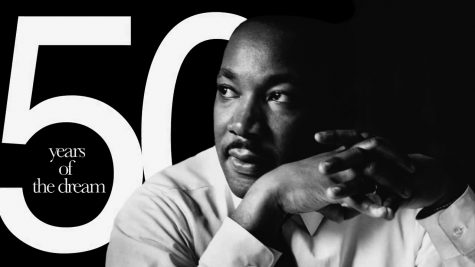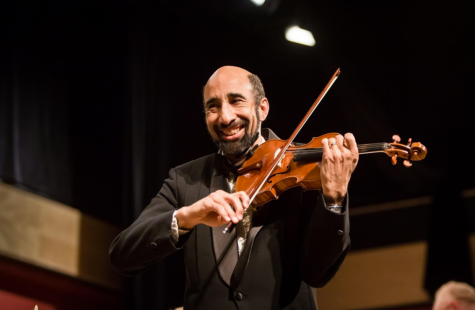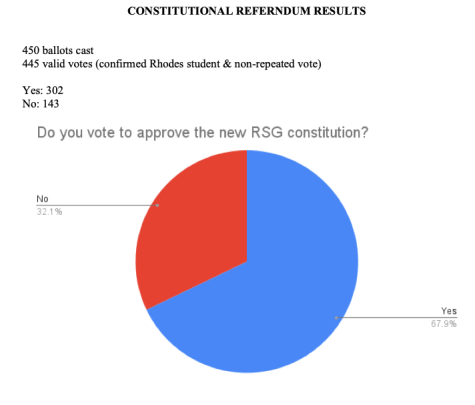Louisiana Lynx: Rhodes’ Connections to Hurricane Ida
September 17, 2021
Hurricanes have long been a threat to the lives of many in the United States, particularly in the Southeast, but the devastation continues to escalate with each hurricane season. It is currently the peak of hurricane season and there has already been a storm that has devastated much of southeast Louisiana, parts of southern Mississippi, and even the New York Metropolitan Area. Hurricane Ida has flooded bayou towns in Louisiana, knocked out power across southeast Louisiana, and led to flooding all the way from the Gulf Coast to New York. This is one of a growing number of examples of hurricanes slowing down and intensifying in strength due to climate change, which is concerning to the millions of people that are in the usual paths of hurricanes.
While Memphis was not directly impacted by Ida, there are still many people in the Rhodes community and their families who were impacted by the storm in terms of property damage, utility failures, and mental strain. Four Rhodes students sat down with us to talk about how they were affected by Ida and what they think should be done in the future.
The communities of the students interviewed were spared the worst of the damage, which was seen in the deep south bayou parishes of Louisiana that are not included in the multi-billion dollar flood wall system that the United States Army Corps of Engineers built to protect the New Orleans area after Hurricane Katrina in 2005. John Howell ’22, is from Metairie, LA, a large suburb adjacent to New Orleans, which was spared from flooding, but was without electricity for days. He said that it is not out of the ordinary for New Orleans to face powerful hurricanes, “And to a degree, some of it is the infrastructure problems that make it worse.” While Katrina caused much damage because of flooding, due to levee failures, the damage from Ida was due to power lines going down and a transmission tower falling into the Mississippi River.
One common complaint among people in Louisiana is the way in which the media covers hurricanes. The general consensus seems to be that while Ida was a devastating storm, the damage it caused cannot be equated to that of Katrina. Kait Berry ‘25, from the Baton Rouge suburb of Denham Springs, LA, said, “I think it was so heavily compared to Katrina, because it happened on the date of Katrina…and so obviously, there’s that trauma for a lot of southern Louisiana with Katrina.” Henry Alsobrook ’22, is from Mandeville, LA, a town that sits across Lake Pontchartrain from New Orleans, and he made an important distinction in how Ida is perceived in Louisiana. Although he and most of his community faced relatively little damage, he called attention to other parts of the state, mostly small towns below New Orleans, that were met with severe flooding and would likely say that Ida’s devastation was on par with Katrina’s.
Climate change is an ever increasing concern for those that monitor hurricanes as storms become more powerful and move at a slower pace because of it. While there is disagreement on how prepared at-risk communities are, there is a shared sense of hope that the people in these communities will do more to mitigate the effects of climate change and save the place they call home. Kait Berry ’25, when asked what Louisiana is doing to mitigate climate change, responded with “I can’t say that they are. I mean, are they?” She said that better infrastructure, especially when it comes to electrical grids, should be a priority for future preparation. John Howell ’22, seemed to be optimistic about the future, pointing out that there seems to be bipartisan support in Louisiana for coastal restoration projects, along with hopes of using more absorbent soils for construction and the Parishes of the New Orleans Metro Area working more as one unit. Harry Dircks ’24, is from Larchmont, NY, not far from New York City, and has family in Mississippi. His family was safe, but he highlighted ways to better the environment. He said his community has implemented initiatives to become more sustainable such as composting, but that there can be improvements such as “Shifting focus on buying from more sustainable farming practices,” along with other green initiatives such as renewable energy.
The Rhodes community has the power to help the people of Louisiana recover from Ida and prepare for other storms. The three students interviewed from Louisiana all had the same message: If you want to help, donate to smaller, local charities that give directly to the people of Louisiana. After Katrina, there was nowhere for the city of New Orleans to go but up. The people of Louisiana decided that their home was worth fighting for. John Howell summed this up perfectly when he said, “There’s a sense in which these things build community in New Orleans, because there’s a sense of, we love our city, and we’re going to build it back to the way that it was.”



